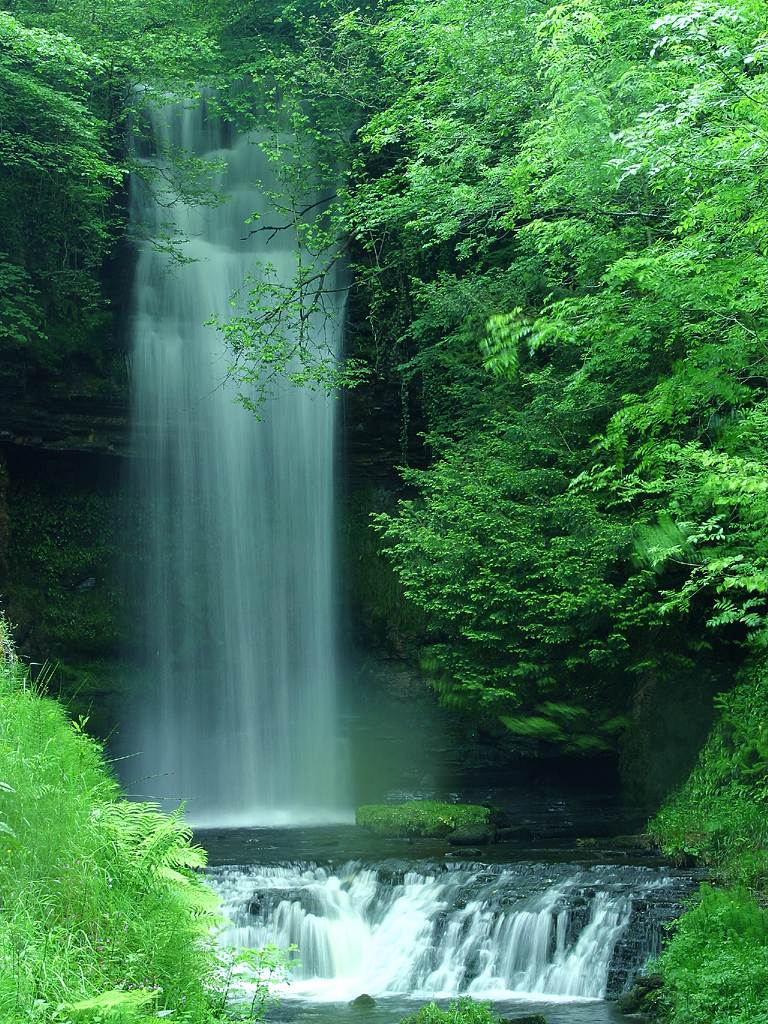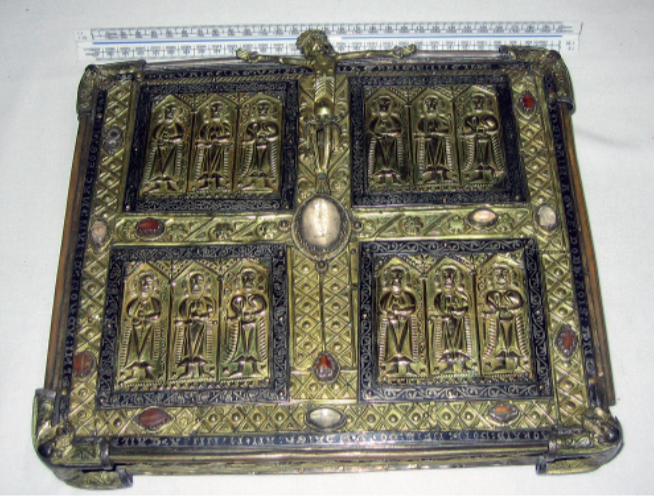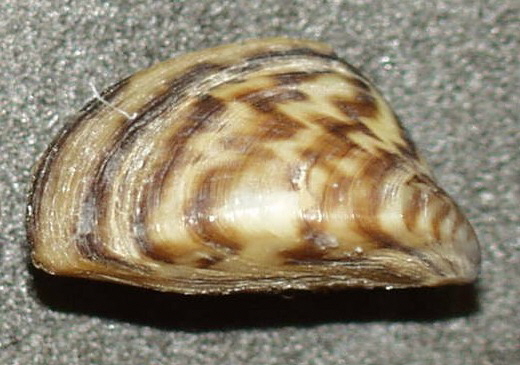|
Garadice Lough
Garadice Lough (), also known as Garadice Lake or Lough Garadice, is a freshwater lake in County Leitrim, Ireland. It is located in the south of the county and now forms part of the Shannon–Erne Waterway. Geography Garadice Lough is located east of Ballinamore in south County Leitrim. It is about wide from west to east and covers an area of . The lake has three islands, two of which are named: Church Island and Cherry Island (Irish language, Irish: ''Cloch-inse-na-dtorc''). Hydrology Garadice Lough now forms part of the Shannon–Erne Waterway. Its inflow was formerly named the Yellow River and the outflow was the Woodford River (Irish language, Irish: ''Sruth Gráinne'', meaning 'the Gravelly Stream' or 'the Gravelly River'; also anglicised as the River Gráinne or the Graine River). The Woodford River flows out of Little Garadice Lake, which is on the eastern edge of Garadice Lough, with the river flowing north-eastwards via Ballyconnell, eventually emptying into Upper Lou ... [...More Info...] [...Related Items...] OR: [Wikipedia] [Google] [Baidu] |
County Leitrim
County Leitrim ( ; ) is a Counties of Ireland, county in Republic of Ireland, Ireland. It is in the Provinces of Ireland, province of Connacht and is part of the Northern and Western Region. It is named after the village of Leitrim, County Leitrim, Leitrim. Leitrim County Council is the Local government in the Republic of Ireland, local authority for the county, which had a population of 35,199 according to the 2022 census of Ireland, 2022 census. The county was based on the Gaelic Ireland, Gaelic territory of West Breifne, West Breffny () as it existed in the 1580s. Geography Leitrim is the 26th in size of the 32 counties by area (21st of the 26 counties of the Republic) and the smallest by population. It is the smallest of Connacht's five counties in both size and population. Leitrim is bordered by the counties of County Donegal, Donegal to the north, County Fermanagh, Fermanagh to the north-east, County Cavan, Cavan to the east, County Longford, Longford to the south, Count ... [...More Info...] [...Related Items...] OR: [Wikipedia] [Google] [Baidu] |
Northern Pike
The northern pike (''Esox lucius'') is a species of carnivorous fish of the genus ''Esox'' (pikes). They are commonly found in brackish water, moderately salty and fresh waters of the Northern Hemisphere (''i.e.'' holarctic in distribution). They are known simply as a pike (Plural, : pike) in Great Britain, Ireland, most of Eastern Europe, Canada and the United States, U.S., although in the Midwestern United States, they may just be called a Northern. Pike can grow to a relatively large size. Their average length is about , with maximum recorded lengths of up to and maximum weights of . The International Game Fish Association, IGFA currently recognises a pike caught by Lothar Louis on Greffern Lake, Germany, on 16 October 1986, as the all-tackle world-record holding northern pike. Northern pike grow to larger sizes in Eurasia than in North America, and in coastal Eurasian regions than inland ones. Etymology The northern pike gets its common name from its resemblance to the ... [...More Info...] [...Related Items...] OR: [Wikipedia] [Google] [Baidu] |
Ordnance Survey Ireland
Ordnance Survey Ireland (OSI; ) was the national mapping agency of the Republic of Ireland. It was established on 4 March 2002 as a body corporate. It was the successor to the former Ordnance Survey of Ireland. It and the Ordnance Survey of Northern Ireland (OSNI) were themselves the successors to the Irish operations of the British Ordnance Survey. OSI was part of the Irish public service. OSI was headquartered at Mountjoy House in the Phoenix Park in Dublin, which had previously been the headquarters of the British Ordnance Survey in Ireland until 1922. In March 2023, the Ordnance Survey was dissolved and its functions transferred to a new body called Tailte Éireann, which also incorporates the Property Registration Authority and the Valuation Office. Organisation Under the Ordnance Survey Ireland Act 2001, the Ordnance Survey of Ireland was dissolved and a new corporate body called Ordnance Survey Ireland was established in its place. OSI was an autonomous corporate bo ... [...More Info...] [...Related Items...] OR: [Wikipedia] [Google] [Baidu] |
Environmental Protection Agency (Ireland)
The Environmental Protection Agency (EPA) is responsible for protecting and improving the environment as a valuable asset for the people of Ireland. It operates independently under the Department of the Environment, Climate and Communications. History The EPA was founded in 1993, following the enactment of the Environmental Protection Agency Act 1992. In 2014, it merged with the Radiological Protection Institute of Ireland, which was itself founded in 1992. The present-day EPA continues the activities of both groups. Organisation The EPA operates independently under the Department of the Environment, Climate and Communications. It is led by an advisory committee headed by a director general. The current director general, Laura Burke, was appointed in 2011. Offices There are five offices which answer to the advisory committee. * The Office of Environmental Enforcement is responsible for implementing and enforcing environmental legislation. * The Office of Environmental Sustainab ... [...More Info...] [...Related Items...] OR: [Wikipedia] [Google] [Baidu] |
List Of Loughs In Ireland
This is an alphabetical list of loughs (lakes) on the island of Ireland. It also shows a table of the largest loughs. The word ''loch, lough'' is pronounced like ''loch'' () and comes from the Irish language, Irish ''loch'', meaning ''lake''. According to the Environmental Protection Agency (Ireland), Environmental Protection Agency, there are an estimated 12,000 lakes in the Republic of Ireland, covering an area of more than 1,200 square kilometres. The largest lough, by area, in Ireland is Lough Neagh. Lough Corrib is the second largest, and is the largest in the Republic. The largest lough, by water volume, is Lough Neagh, with Lough Mask being the largest in the Republic. The list below contains only those loughs that are of geographic, geological, or historical importance and almost all of them are over a square kilometre in area. It includes loughs that are in Northern Ireland and the Republic of Ireland. Those partly or wholly within Northern Ireland are marked with an aste ... [...More Info...] [...Related Items...] OR: [Wikipedia] [Google] [Baidu] |
West Breifne
The Kingdom of West Breifne (Irish: ''Breifne Ua Ruairc'') or Breifne O'Rourke was a historic kingdom of Ireland that existed from 1256 to 1605, located in the area that is now County Leitrim. It took its present boundaries in 1583 when West Breifne was shired and renamed Leitrim, after the village of Leitrim, County Leitrim, Leitrim, which was an O'Rourke stronghold. The kingdom came into existence after a battle between the ruling O'Rourke clan and the ascendant O'Reillys caused the breakup of the older Kingdom of Breifne and led to the formation of East Breifne and West Breifne. The kingdom was ruled by the O'Rourke clan and lasted until the early 17th century, when their lands were confiscated by Kingdom of England, England. Early history Formation In 1172, Tigernán Ua Ruairc, Tighearnán Ua Ruairc, the longtime Lord of Kingdom of Breifne, Breifne and Conmaice, was betrayed and killed at Tlachtgha during negotiations with Hugh de Lacy, Lord of Meath, Hugh de Lacy, Lord of ... [...More Info...] [...Related Items...] OR: [Wikipedia] [Google] [Baidu] |
Annals Of Connacht
The ''Annals of Connacht'' (), covering the years 1224 to 1544, are drawn from a manuscript compiled in the 15th and 16th centuries by at least three scribes, all believed to be members of the Clan Ó Duibhgeannáin. The early sections, commencing with the death of King Cathal Crobdearg Ua Conchobair of Connacht, are exceptionally detailed and give a good account of Connacht affairs during the 13th and early to mid-14th century, particularly for the families of O'Conor and Burke. The accounts however become more desultory, especially for the 16th century. Nevertheless, it is an invaluable document relating much that would have otherwise remained utterly obscure or unknown in the history of Connacht, and Ireland in general. A comparison between it and the '' Annals of Clonmacnoise'' reveal a common source, or perhaps one is a partial copy of the other. See also * Irish annals References * External links The Annals of Connacht [...More Info...] [...Related Items...] OR: [Wikipedia] [Google] [Baidu] |
Annals Of The Four Masters
The ''Annals of the Kingdom of Ireland'' () or the ''Annals of the Four Masters'' () are chronicles of Middle Ages, medieval Irish history. The entries span from the Genesis flood narrative, Deluge, dated as 2,242 Anno Mundi, years after creation to AD 1616. Publication delay Due to the criticisms by 17th-century Irish historian Tuileagna Ó Maol Chonaire, the text was not published in the lifetimes of any of the participants. Text The annals are mainly a compilation of earlier annals, although there is some original work. They were compiled between 1632 and 1636, allegedly in a cottage beside the ruins of Donegal Abbey, just outside Donegal (town), Donegal Town. At this time, however, the Franciscans had a house of refuge by the River Drowes in County Leitrim, just outside Ballyshannon, and it was here, according to others, that the ''Annals'' were compiled. [...More Info...] [...Related Items...] OR: [Wikipedia] [Google] [Baidu] |
Crom Cruach
Crom Cruach ( ) was a pagan god of pre-Christian Ireland. According to Christian writers, he was propitiated with human sacrifice and his worship was ended by Saint Patrick. He is also referred to as ''Crom Cróich'', ''Cenn Cruach''/''Cróich'' () and ''Cenncroithi'' (). He is related to the later mythological and folkloric figure Crom Dubh. The references in a '' dinsenchas'' ("place-lore") poem in the 12th century to sacrifice in exchange for milk and grain suggest that Crom had a function as a fertility god. The description of his image as a gold figure surrounded by twelve stone or bronze figures has been interpreted by some as representing the sun surrounded by the signs of the zodiac, suggesting a function as a solar deity. Name Crom Cruach's name takes several forms. ''Crom'' (or ''cromm'') means "bent, crooked, stooped" or according to O'Reilly is perhaps related to ''cruim'' meaning "thunder". ''Cenn'' means "head", and by extension "head, chief". ''Cruach'' (o ... [...More Info...] [...Related Items...] OR: [Wikipedia] [Google] [Baidu] |
Saint Patrick
Saint Patrick (; or ; ) was a fifth-century Romano-British culture, Romano-British Christian missionary and Archbishop of Armagh, bishop in Gaelic Ireland, Ireland. Known as the "Apostle of Ireland", he is the primary patron saint of Ireland, the other patron saints being Brigid of Kildare and Columba. He is also the patron saint of Nigeria. Patrick was never formally Canonization, canonised by the Catholic Church, having lived before the current laws were established for such matters. He is venerated as a saint in the Catholic Church, the Lutheran Church, the Church of Ireland (part of the Anglican Communion), and in the Eastern Orthodox Church, where he is regarded as equal-to-apostles, equal-to-the-apostles and Enlightener of Ireland. The dates of Patrick's life cannot be fixed with certainty, but there is general agreement that he was active as a missionary in Ireland during the fifth century. A recent biography on Patrick shows a late fourth-century date for the saint i ... [...More Info...] [...Related Items...] OR: [Wikipedia] [Google] [Baidu] |
Vita Tripartita Sancti Patricii
The ''Vita tripartita Sancti Patricii'' (''The Tripartite Life of Saint Patrick'') is a bilingual hagiography of Saint Patrick, written partly in Irish and partly in Latin. The text is difficult to date. Kathleen Mulchrone had assigned a late ninth century date based on the latest historical reference in the text. However, on linguistic grounds, it has been dated to as late as the twelfth century. The text as it stands probably reflects various stages of development. Máire Herbert Máire R. M. Herbert , also known as Mary Herbert, is an Irish historian and academic, specialising in early medieval Irish history and Irish saints. She is Emeritus Professor of Early and Medieval Irish at University College Cork, and was prev ... summarises: It was meant to be read in three parts over the three days of the Patrick's festival. James F. Kenney said that the Tripartite Life represents "the evolution of the Patrick legend nearly completed.", p. 344. While the Tripartite Life bea ... [...More Info...] [...Related Items...] OR: [Wikipedia] [Google] [Baidu] |
Freshwater Bivalve
Freshwater bivalves are molluscs of the order (biology), order Bivalvia that inhabit freshwater ecosystems. They are one of the two main groups of freshwater molluscs, along with freshwater snails. The majority of bivalve molluscs are saltwater species that live in the marine habitats, but a number of family (biology), families have evolved to live in fresh water (and in some cases, also in brackish water). These belong to two different lineage (evolution), evolutionary lineages, i.e. freshwater mussels and freshwater clams, and the two groups are not closely related. Freshwater bivalves have a simple morphology (biology), morphology that varies among taxa, and are distributed around most regions of the world. Freshwater bivalve species vary greatly in size. Some pea clams (genus ''Pisidium'') have an adult size of only . In contrast, one of the largest species of freshwater bivalves is the swan mussel from the family Unionidae; it can grow to a length of , and usually lives in l ... [...More Info...] [...Related Items...] OR: [Wikipedia] [Google] [Baidu] |






